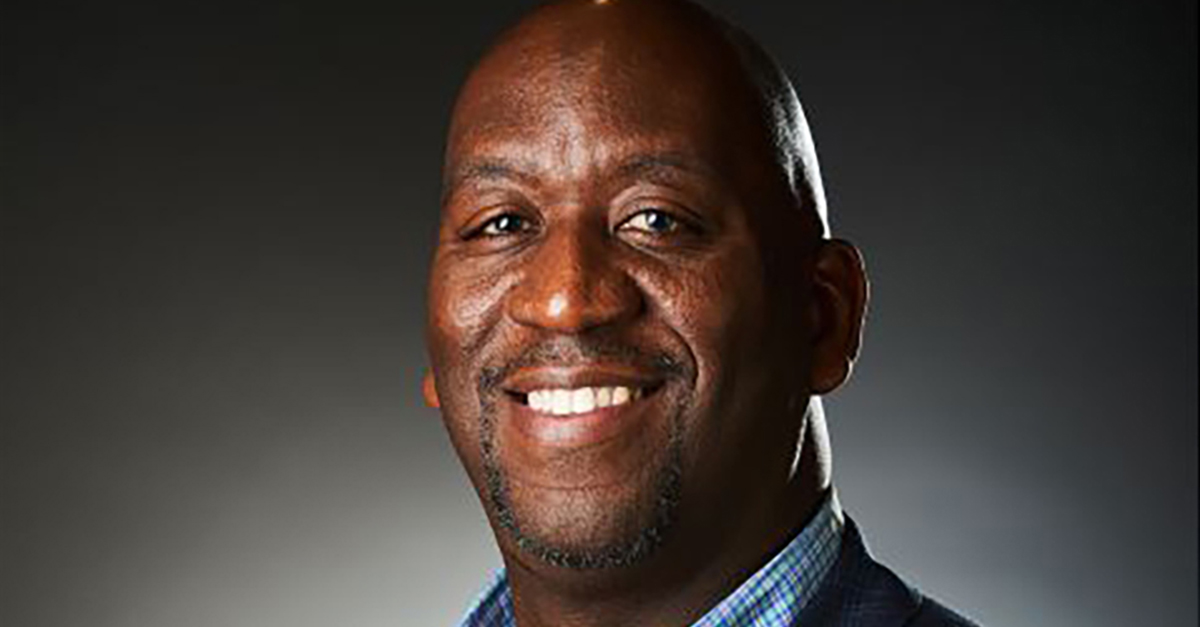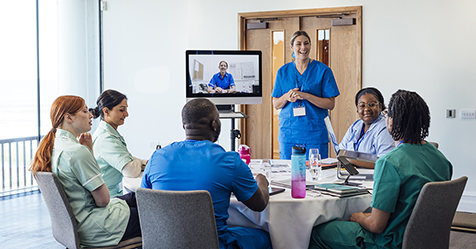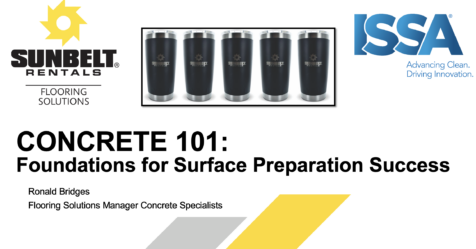In 2024, CMM debuted the IEHA Spotlight column to introduce readers to members of the Indoor Environmental Healthcare and Hospitality Association (IEHA), a division of ISSA. Members spoke of their reasons for beginning their careers in environmental services (EVS) and revealed their challenges and successes. In 2025, the column shifts from introductions to advice, starting with Isaac Johnson, senior vice president of operations at Aramark+ Healthcare offering his best practices for cleaning your facility’s most challenging areas.
How long have you been working in environmental services (EVS)?
Isaac Johnson: I have been in environmental services for more than 24 years and at Aramark Healthcare+ for 3½ years.
What are some of the biggest problem areas in the facility you clean?
Johnson: Public spaces—i.e. lobbies, waiting rooms, entryways, etc.—are always challenging due to the constant flow of traffic and the inability to close certain areas down for cleaning. These
spots are what we call “First Impressions” areas and must be kept orderly, clean, and sanitized. One bright spot when cleaning in heavy-traffic areas is the ability to interact with
patients, visitors, and guests. We can show our professionalism and courtesy as well as inform the public as to why we have to clean so often to keep everyone safe from infections.
How have you handled the challenges in these problem areas?
Johnson: At Aramark Healthcare+ we have a standardized approach to cleaning these areas and have tailored our chemicals and cleaning technics in a way that allows us to be very
efficient. We work to find products and equipment that allow us to complete a job quicker and in a safe manner. I always have my teammates trial new products and equipment to get their feedback and buy-in before moving forward with any additions or changes to our cleaning practices. When your teammates feel comfortable, their productivity and overall job satisfaction improves.
Please give a step-by-step account of your problem-solving methods.
Johnson:
- Identify the opportunity for improvement.
- Hold individual or group brainstorming sessions to generate ideas and solutions.
- Select the best-suited solutions and put them into action.
- Continue to monitor and analyze your solutions to determine if they are working as intended or need some tweaking.
What advice would you give to other EVS workers who also struggle with these problem areas?
Johnson: You are not alone; you have an entire industry that deals with this daily. You also have IEHA, with its network of leaders eager to share best practices, cleaning tips, etc. You can become
certified through IEHA or ISSA and grow your knowledge base so you’ll be equipped to handle the increasing challenges within EVS.



